Despite bearish reports, NFTs continue to trend online, having surpassed $70 billion in global sales. Non-fungible tokens (NFTs) represent unique digital assets on a blockchain.
This enables ownership of tangible and intangible items like art, music, and virtual real estate.
Owning NFTs provides proof of authenticity, traceability to creators, and potential investment value. This fosters trust and creativity in decentralised digital ecosystems.
In this article, let us look at the purpose of creating NFTs.
Pudgy Penguins Will PENGU Reach $1 After ETF Involvement?
NFTs: Why Were They Created?
Crypto NFTs were created for a myriad of purposes, and they are briefly discussed below.
NFTs helping artists reach a wider audience
Many years ago, it was difficult for artists and creators to reach millions of people across the globe.
A piece of art may not have a market in one geographical area. Thanks to the possibilities of the internet, coupled with the availability of NFT marketplaces, creators and artists can reach a new audience that was not available before.
Individuals and organizations actively create digital collectibles, generating thousands to millions of dollars monthly.
PENGU: Is Pudgy Penguins a Millionaire Maker Token?
NFTs have made it easy to own digital items online
Many years ago, it was impossible to prove ownership of virtual items. Thanks to the innovation of NFTs, there is historical proof of ownership for all digital items.
This has created the same physical feelings that came with having receipts to prove ownership of a television set, a mobile phone, or an automobile.
Gold: Is Bitcoin a Threat to Gold as a Store of Value as it Recrosses $100,000
NFTs have created an avenue for passive income
Government bills and bonds do not bring much in terms of annual percentage yield (APY). Fortunately for centralised and decentralised finance traders and investors, the increasing demand for NFTs has brought a new, largely profitable market.
A great example of one such market is the growing value of Bored Ape Yacht Club (BAYC). This is an NFT project by Yuga Labs. BAYC comprises 10,000 unique bored apes.
Launched in April 2021, the price of a single Bored Ape was $190. BAYC soared by more than 220,000% in just 13 months when it reached a peak of $423,428.24 in May 2021.
Early collectors of BAYC made more than $400,000 in profits from just $190 by holding the NFT and selling at the right time.
BAYC may not be the best NFT for beginners due to its relatively higher price. Despite this, there are other popular projects with high-quality digital art which come at a lower price.
Digital arts are mostly bought on NFT marketplaces. Aside from these marketplaces, they can also be bought person-to-person (P2P) by two agreed-upon parties and exchanged directly for cryptocurrencies.
Despite the positives, NFTs, like fungible tokens, have negatives. NFTs are different from cryptocurrencies, but the two share similar traits. Both have a relationship with blockchain technology. They also share another trait, which is that they are unregulated.
Bitcoin NFT Sales Surpass Ronin, Now 3rd Largest Chain by All-Time Volume
NFTs are not regulated
NFTs can be housed in both non-custodial (where you own the private keys and passcodes to your tokens) and custodial (where tokens are held by a centralised authority). Either way, your tokens are not safe.
If hackers breach your account, they actively steal all your tokens and other fungible assets. Similarly, if cybercriminals hack the centralized entity storing your NFTs, they may permanently take your tokens.
As of May 2025, there is no regulator. The Financial Conduct Authority (FCA) in the United Kingdom, the Financial Services Agency (FSA) of Japan, and the Securities and Exchange Commission (SEC) in the United States do not regulate NFTs.
Only time will tell if these agencies will provide a comprehensive framework on how NFTs and crypto as a whole should be regulated.
You can engage with NFTs, but be careful online so you don’t join the victims’ queue.
VIRTUAL Protocol Crypto: You Missed the 44,000% Gains; Don’t Miss the Upcoming Opportunities
How NFTs Work
Before diving into NFT investing, where you can profit or lose money, understand that minting actively creates NFTs.
Minting an NFT involves publishing unique digital assets on a blockchain. This enables collectors to buy, sell, or trade the asset.
Most oftentimes, the minting process comprises the creation of a new block (containing information in a blockchain which is mostly transaction data).
The minting process actively involves a network validator confirming the NFT’s information and recording it.
Token minting assigns a unique identifier to each NFT, directly linking it to a single blockchain address.
The unique identifier functions like a serial number on fiat currencies, such as USD, EUR, or GBP, distinguishing each unit and verifying its authenticity. This helps distinguish similar denominations from one another.
After minting, each NFT actively gains an owner, with ownership data publicly accessible on the blockchain.
To understand the minting process and unique identifier, let us take a project like the Bored Ape Yacht Club as an example. They are 10,000 in number.
Each one of the 10,000 has its serial number (unique identifier), which differentiates it from the remaining bored apes.
How Do Blockchains Work?
Earlier on, we briefly discussed blockchain technology, but under this section, you will understand how it works.
Blocks, a string of computer codes, form the foundation of the technology that gave rise to the name blockchain. These blocks are chained together. That is why sceptics of this emerging industry continue to see the keyword blockchain technology in every article they come across online.
Blocks store data securely and utilize cryptography to encrypt the information, protecting it from unauthorized access. These are secure communication techniques that allow only a sender and the intended recipient of a message to view contents.
When a block reaches its capacity, it closes, permanently recording the data within.
Once completed, the system actively creates new blocks to record the next data bundle, linking each new block to the previous one. This procedure creates the blockchain.
But how are new blocks created? New blocks come into existence through a process called mining.
Crypto Jobs Boom: How Ghana’s 2025 Regulations Opens Doors for Youth Employment
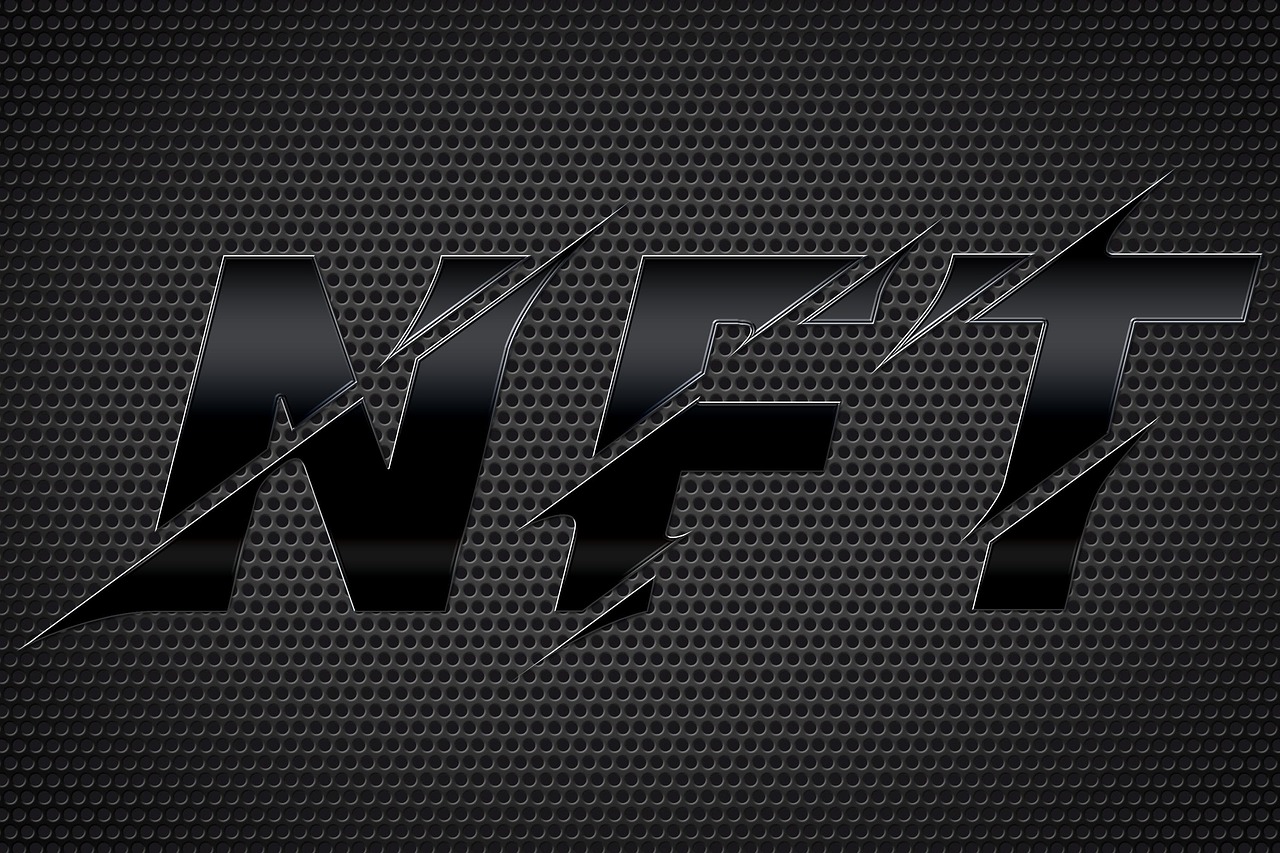
Mining
Mining in crypto actively generates new coins through a dedicated process.
Cryptocurrency mining involves the validation of transactions on a blockchain network such as Bitcoin and adding them to a distributed ledger.
Miners do this by using a special infrastructure called an application-specific integrated circuit (ASIC).
With this, miners contribute power to solving complex cryptographic algorithms. They actively earn cryptocurrency rewards for mining when their blocks join the blockchain.
Cryptocurrency mining plays a crucial role in preventing double-spending, the practice of using a specific cryptocurrency at least twice.
Solana NFT Sales Surpass $6 Billion: Is SOL A Game-Changer for Digital Collectibles?

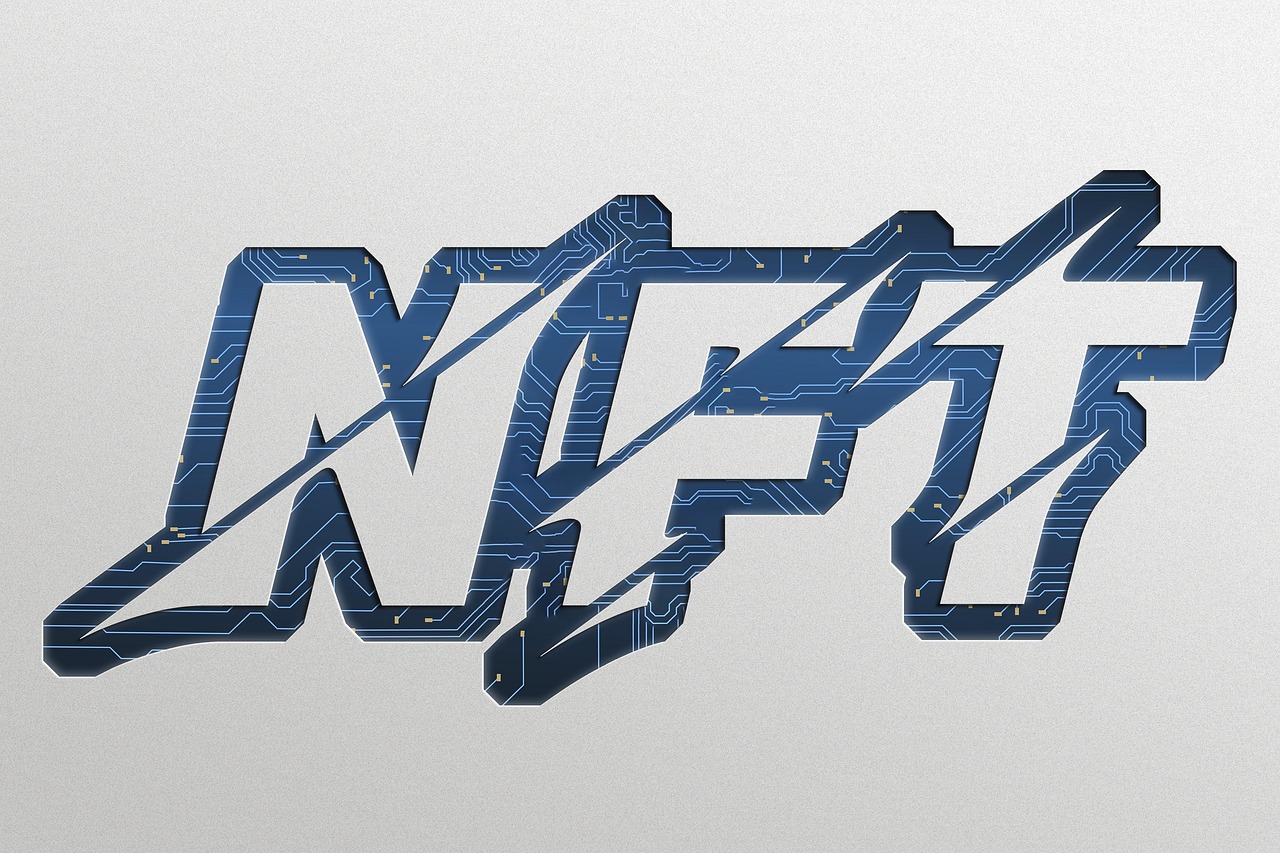
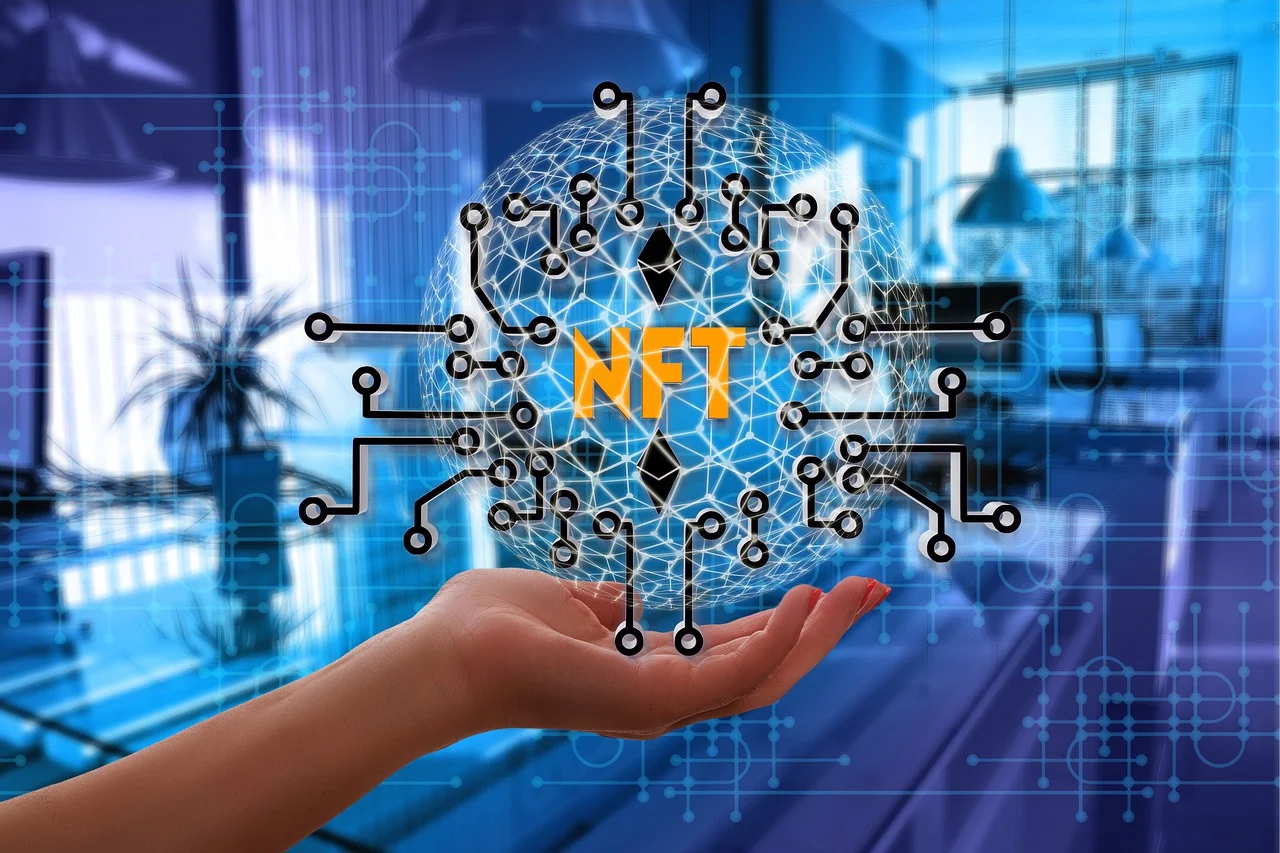
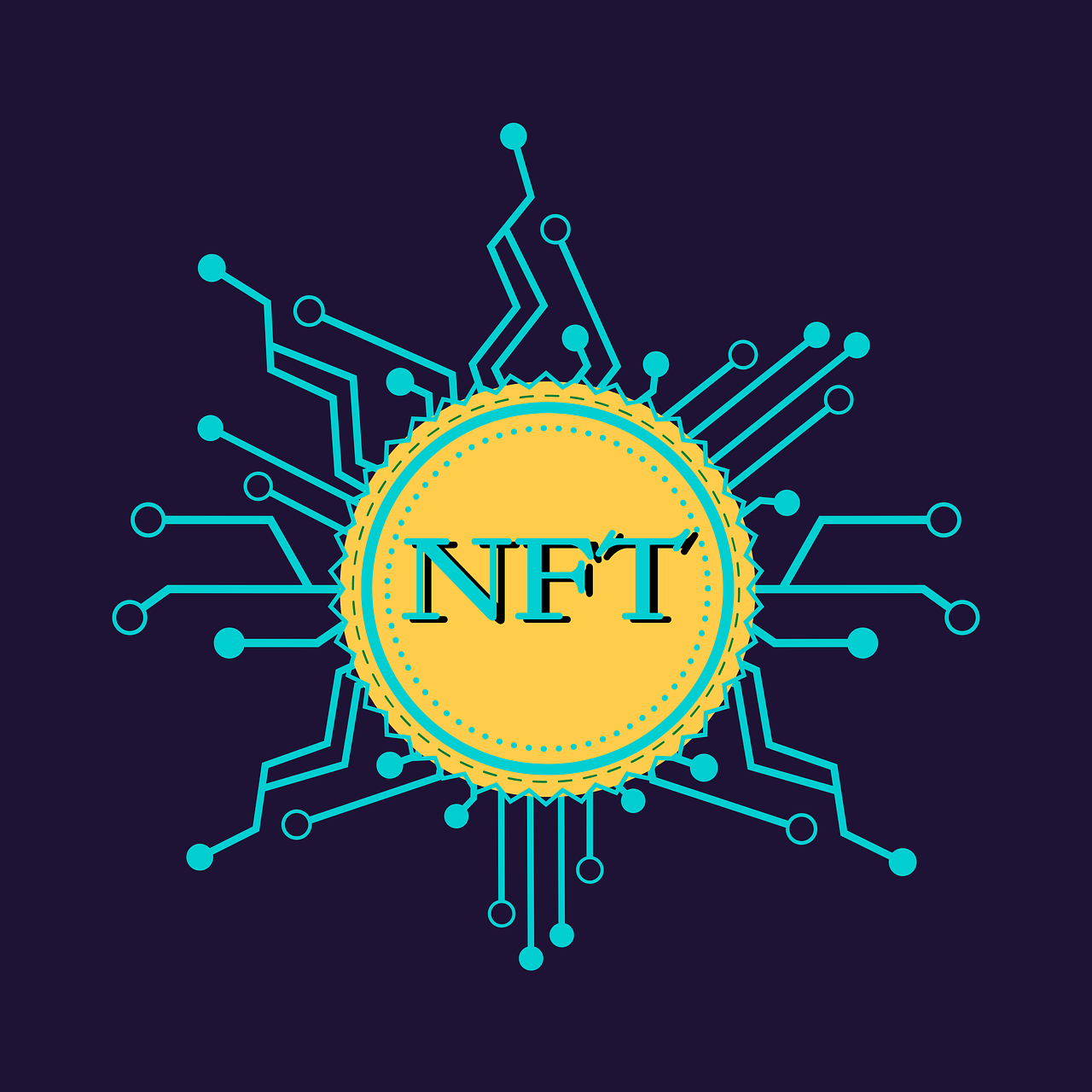
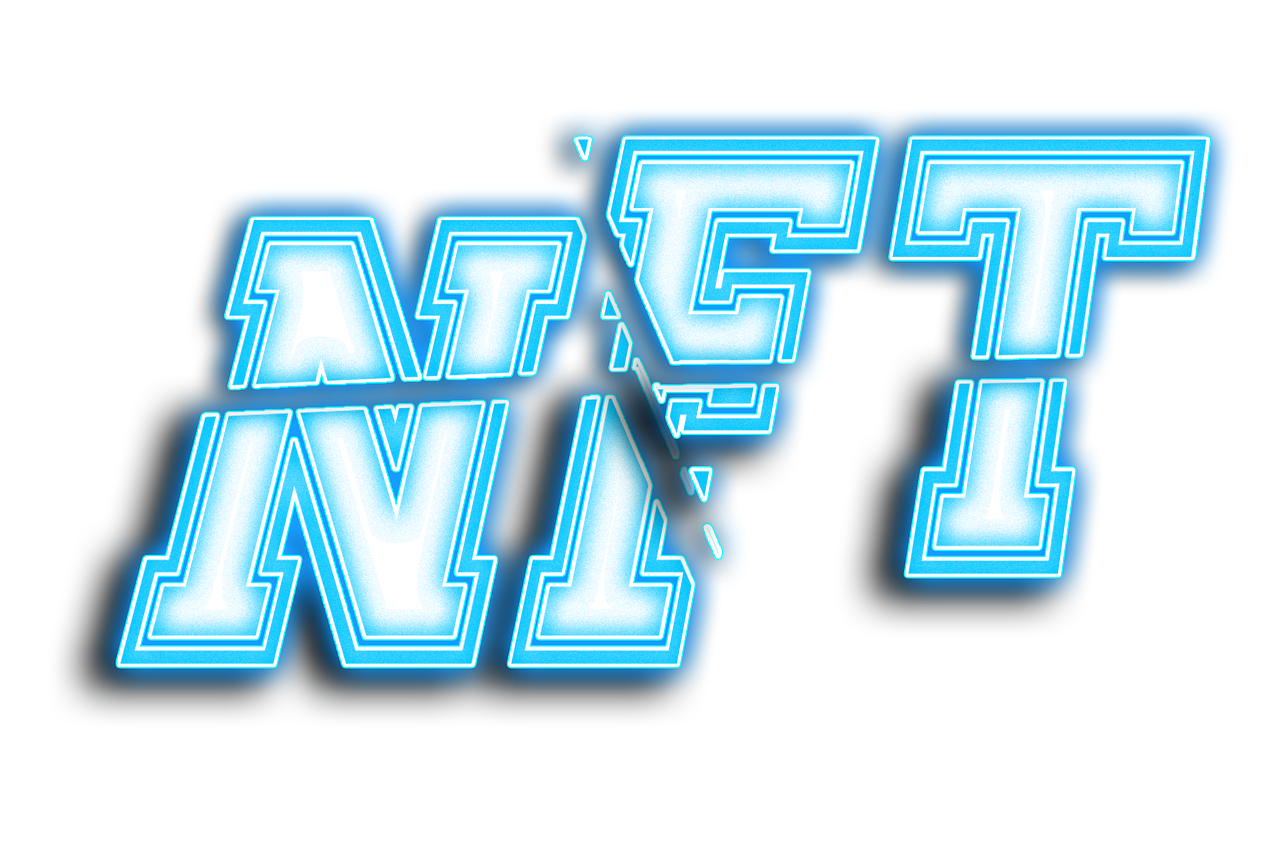
9 Comments
Great primer on NFTs. This article clearly explains their purpose, from art ownership to collectibles and beyond, perfect for those new to the NFT space.
Great to know more about non-fungible tokens. This article offers great information for collectors and lovers of digital collectibles.
Awesome content by all standards.
It is great to not only know what NFTs are but the purpose of owning them as well. Great piece of content.
I am still confused as I am not getting it. What is the difference between an NFT and a regular digital file? Can someone explain why NFTs are worth so much money?
As an artist, I am excited about the possibilities of NFTs for showcasing and selling my digital art. However, I wish the article had explored more about the environmental impact of NFTs.
Great overview of NFTs! As an investor, I am interested in the potential for long-term value appreciation. Does anyone know which NFT projects have the strongest potential for growth?
Love this article! NFTs are revolutionizing the art world and giving creators a new way to monetize their work. Can’t wait to see what’s next!
Its great to find such a resourceful information that shows the real purpose of NFTs in the saturated blockchain-based market.